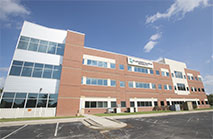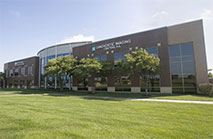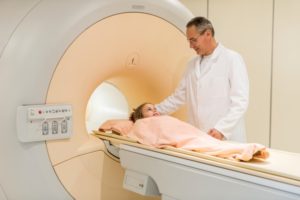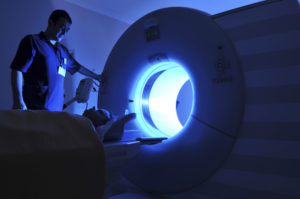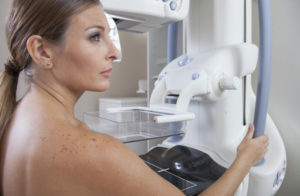Breast Density and Going the Extra Mile (Part 2 of 2)
and now a continuation of yesterday’s post on news in the world of breast density…
Why are we telling you your breast density?
While we are not in a state(s) (<—Kansas City is in Missouri AND Kansas, how-do-you-like-dem-apples?) that requires breast density information in patient’s reports, we consider it important information. There are two major reasons to know your density:
The increasing amount of glandular tissue makes a mammogram more difficult to interpret. We look for white spots as potential problem areas on mammograms – cancers often show up as white areas or even as tiny white dots on a mammogram. Dense glandular tissue is mostly white, making it more difficult to distinguish the good from the bad. It takes a keen eye to read a dense mammogram. In fact, it sometimes requires additional imaging.
The second reason is equally important. Dense tissue in and of itself (without any other risks) slightly increases your risk of breast cancer. This is especially true for those patients with the most dense tissue, and current research suggests the increase is by approximately 4% – slight, but real.
So… what do I do now?
Mostly, you’re going to do the same things you have been doing:
1. We suggest all women age 40 and up have an annual mammogram regardless of breast density results. Please understand that previous mammograms are extremely important in the interpretation of your mammogram, as one of the things we look for are changes in tissue. This becomes even more important for those with hard to read dense breasts.
2. Perform your monthly self breast exams.
3. See your healthcare provider and have them perform an annual clinical breast exam. Alternating your mammogram and clinical breast exam every 6 months is a good plan if you are of increased risk (like from dense breasts) as this gives you a breast screening test twice a year.
But here’s the extra special important step when it comes to dense tissue:
4. Talk to you doctor. If you have dense breasts, ask if additional screening exams with screening breast ultrasound (used for women with average or intermediate risk) or screening breast MRI (used in women with higher than average risk) are right for you.
What’s Next?
There are multiple exciting research studies going on that will help guide future recommendations for screening women with dense breast tissue. Legislation is a changing landscape too. We will keep our eyes and ears out for you. Expect to hear more on the subject here on our blog!
Originally published 8/21/13 on mammographykc.com.
